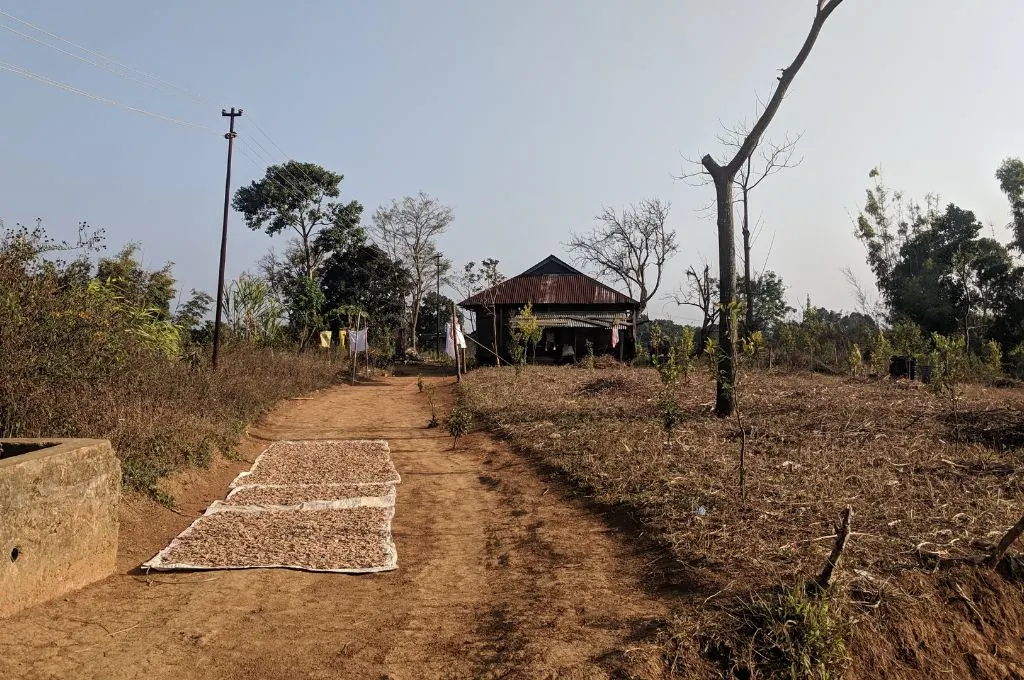Where have Kashmir’s otters gone?

Once seen darting across the waters of Kashmir’s wetlands, the Eurasian otter, locally known as vadur, is now a rare sight. A shy, nocturnal creature, the otter once thrived in the Dal and Wular lakes and in the Jhelum river system. But today, a combination of pollution, habitat loss, and shifting climate patterns threatens its survival.
Over the past few decades, the valley’s wetlands have steadily shrunk, choked by encroachments such as construction of fishing-related structures, sand and gravel mining, urban expansion, and pesticide-laced run-off from apple orchards and paddy fields. There was a time when otters were a common sight here, recalls Ghulam Nabi, a boatman from Tailbal Nallah, Srinagar. “In the 1980s, I used to see them near Char Chinar early in the morning. Now, even their tracks are not commonly seen.”
Otters prefer keeping to remote creeks and tributaries, far from human noise. Shabir Ahmad, a fisherman from Bandipora, shares, “We have started seeing fish bones and half-eaten fish heads in secluded reed beds. These are signs of the presence of otters. They are returning, but only where the water is clean and undisturbed.” The local community was not aware of the Eurasian otter, but over the past two to three years, nonprofits in the area have been working with them to raise awareness.

The survival of the otter depends on water quality, says Nadeem Qadri, a conservationist at Wildlife Conservation Fund. “If fish die or are contaminated, the otters disappear too. Climate change is leading to drying of streams in summer and flooding in winter.” During extreme conditions, otters move towards high-altitude, isolated areas with minimal human activity. They also travel along canals and nallahs (side streams) to reach larger rivers and lakes where fish are abundant.
Climate instability is altering the valley’s water systems, impacting not just the otter but also the communities that once lived closely with them. “Earlier, we knew which nallah would stay wet through the year,” says Reyaz Lone, a farmer from Ganderbal. “Now, even spring-fed streams dry up by July. That’s when the otter disappears.”
“If the otter comes back, we know that our water is clean again,” says Rouf Rather, a schoolteacher. “It’s not just about the animal, but also about our health.”
As Kashmir’s climate continues to get warmer, and the wetlands continue to be under threat, the fate of the vadur hangs in a delicate balance.
Sheikh Harris is a fellow from Green Hub Western Himalayas x Royal Enfield Project.

—
Know more: Read this article to learn more about why the urial sheep of Ladakh is disappearing.
Do more: Connect with the author at sheikhramzan535@gmail.com to learn more about and support his work.




